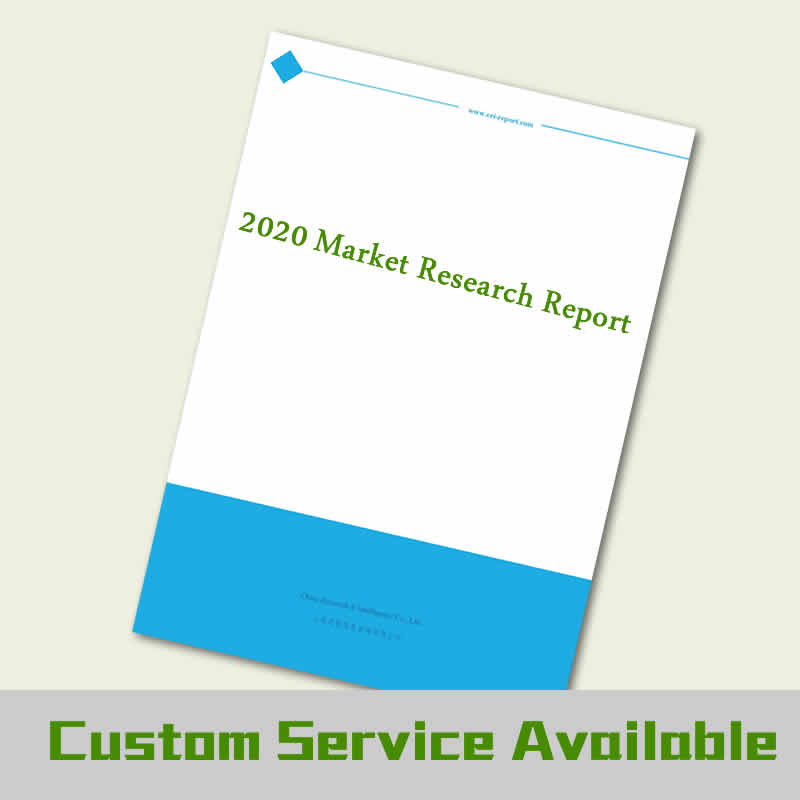Description
Industrial Robotics Market to Surge at 15% CAGR, Increasing Demand for Industrial Robotics is due to dearth of qualified labor and government and public-private partnerships offering proposals to reduce the adverse effects of COVID-19 is anticipated to Propel Growth, says Fatpos Global
The covid-19 effect on the market size of industrial robotics is projected to rise from USD 45 billion in 2020 to USD 119 billion by 2030; it is anticipated to expand at a CAGR of 15% over the forecast period of 2020-2030
Articulated robots retain greater market share in the forecast period, post COVID-19. In comparison with other types of industrial robots, articulated robots are in use in a greater range of industries. As their manufacturing processes are highly automated, the automotive sector contributes for the biggest share of articulated robots. Though most companies are affected by the COVID-19 pandemic, during the forecast period, articulated robots are still projected to maintain the largest proportion of the industrial robotics market. Certain robots, such as SCARA and parallel robots, are more complex and specialized than articulated robots, and are not as flexible in terms of payload and scope.
Collaborative robots allow human beings and robots to work efficiently together in open or uncaged conditions. By utilizing collaborative robots, it is possible to involve a human operator and robot in the same system together. Technical specifications ISO 10218 and ISO / TS 15066 describe the requirements for the design of collaborative robots. Collaborative robots are built to ensure protection, so that there is no chance of injury and disruption. The absence of cages decreases the space necessary to deploy the robots. Collaborative robots have become more accessible to inexperienced users and are easily manageable. The automotive industry has been the largest buyer of robot for producing activities for several years. The influence is rapidly shifting. As per the estimates, the development of the electronics industrial robotics sector is now higher than that of the automotive industry. Despite rising of narrow profit margins for now, robot automation is anticipated to become a profitable idea for the electronics industry in the coming years. Within this sector, customization is becoming a standard.
Due to advent of COVID 19, Demand of the robotics market is expected to collapse in 2020. The relatively large initial costs and the utilization by many end-use sectors of restored industrial robots are anticipated to hinder market growth in the starting years of the forecast period. Indeed the industry is expected to recover from the pandemic by Q2 / Q3 2022. With the rising labor costs and discomforts for small and local people to move to various parts, the demand of the market is expected to expand then with the start in production. As high costs for hiring and educating employees are there, thus this replaces the company’s labor costs. As many end-use companies favor industrial robot system over labour, which is anticipated to lead the market in the forecast era. Development of industrial robots in the forecast period through artificial intelligence, machine learning and the IoT is expected to create more room for investment. Lockdown compliance in various parts of the world has created a disturbance among economies, there manufacturing units, dispersing the laborer. This is anticipated to lead to higher adoption of industrial robotics in the near future.
Key Players in the Market
Some of the key players operating in the industrial robotics market are Mavenir (US) ABB (Switzerland), YASKAWA (Japan), FANUC (Japan), KUKA (Germany), Mitsubishi Electric (Japan), Kawasaki Heavy Industries (Japan), DENSO (Japan), NACHI-FUJIKOSHI (Japan), EPSON (Japan), Dürr (Germany), Universal Robots (Denmark), Omron Adept (US), b+m Surface Systems (Germany), Stäubli (Switzerland), Comau (Italy), Yamaha (Japan), Franka Emika (Germany), CMA Robotics (Italy), Rethink Robotics (Germany), Techman Robots (Taiwan), Precise Automation (US), and Siasun (China).
Get Valuable Insights into Industrial Robotics Market
In the new report, Fatpos Global thrives to present an unbiased analysis of the global industrial robotics market that covers the historical demand data as well as the forecast figures for the period, i.e. 2020-2030. The study includes compelling insights into growth that is witnessed in the market. The market is segmented by type Articulated, SCARA, Parallel, Cartesian Robots and Others. By industry, the market is divided into Automotive; Electrical and Electronics; Chemicals, rubber, and plastics Food & Beverages; Pharmaceuticals and Cosmetics. Geographically, the market is segmented into North America, Latin America, Europe, APAC and MENA.



